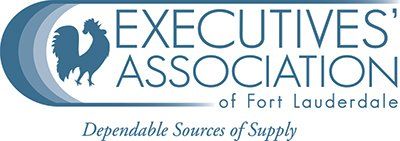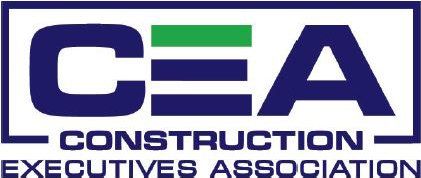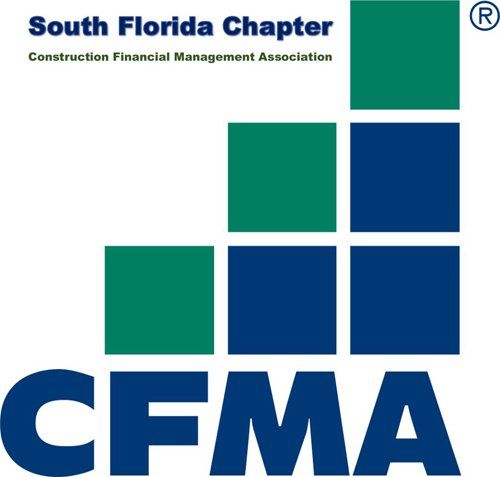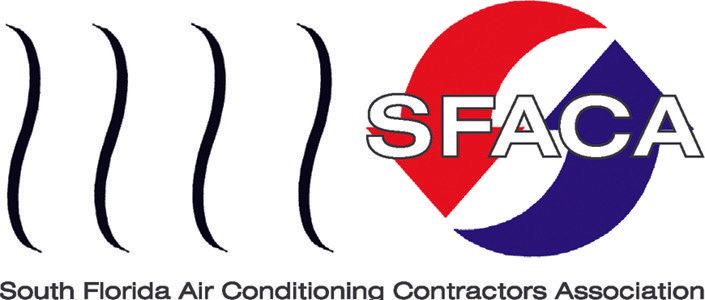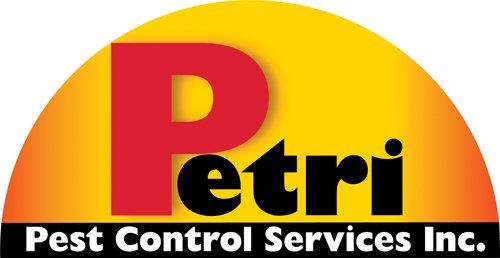By Stacey Miller
•
25 May, 2023
The recruitment and selection process is a systematic approach used by organizations to attract, assess, and hire qualified candidates for job openings. Here are the key steps involved in the recruitment and selection process: Identify hiring needs: Determine the staffing requirements based on organizational goals, departmental needs, and job analysis. Clearly define the job roles, responsibilities, and qualifications needed for each position. Job advertisement: Develop compelling job descriptions and advertisements that accurately represent the role and attract potential candidates. Advertise the job opening through various channels such as job boards, social media, career websites, and professional networks. Resume screening: Review the received resumes or applications to shortlist candidates who meet the required qualifications and experience. Assess the candidates' skills, education, work history, and any relevant certifications. Screening and assessment: Conduct initial screening interviews, either by phone or video, to further evaluate the shortlisted candidates. This helps assess their suitability for the role and their fit with the organization's culture. Depending on the position, additional assessments such as tests, assignments, or presentations may be conducted to evaluate specific skills or competencies. Interviews: Invite qualified candidates for in-person or virtual interviews. Structure the interview process to assess both technical skills and cultural fit. Use behavioral or situational questions to gauge candidates' past experiences and their ability to handle job-related challenges. Background checks and references: Before making a final decision, conduct background checks, including verification of employment history, educational qualifications, and professional references. This step ensures the accuracy of the information provided by the candidates and validates their suitability for the position. Decision-making: Evaluate the gathered information, including resumes, interview performance, assessment results, and background checks, to make an informed hiring decision. Consider factors such as qualifications, skills, experience, cultural fit, and potential for growth within the organization. Job offer: Extend a formal job offer to the selected candidate, including details on compensation, benefits, start date, and any other relevant terms and conditions. Provide a reasonable timeframe for the candidate to consider and accept the offer. Onboarding: Once the candidate accepts the offer, initiate the onboarding process. Provide the necessary information, paperwork, and resources to help the new hire integrate smoothly into the organization. This may include orientation sessions, training programs, and introductions to team members and key stakeholders. Evaluation and feedback: Regularly evaluate the effectiveness of the recruitment and selection process. Gather feedback from hiring managers, interviewers, and new hires to identify areas of improvement and refine the process for future recruitment cycles. It's important to remember that the recruitment and selection process may vary based on organizational size, industry, and specific job requirements. Flexibility and customization are key to tailoring the process to suit your organization's unique needs. Recruitment and selection strategies have evolved with the changing dynamics of the modern workforce. Here are some key strategies to consider when recruiting and selecting candidates for your organization: Employer branding: Develop a strong employer brand that reflects your organization's values, culture, and benefits. Showcase your company's unique attributes through various channels such as social media, career websites, and employee testimonials. This will help attract top talent and create a positive perception of your organization. Targeted sourcing: Utilize a mix of traditional and modern sourcing methods to reach a diverse pool of candidates. In addition to job boards and referrals, leverage social media platforms, professional networking sites, and online communities where professionals in your industry are active. Mobile-friendly application process: Optimize your application process for mobile devices, as more candidates are using smartphones and tablets to search and apply for jobs. Ensure that your career website and application forms are mobile-friendly and easy to navigate. Skill-based assessments: Move beyond traditional resumes and interviews by incorporating skill-based assessments. Use practical tests, case studies, or simulations to assess candidates' abilities and job-related skills. This approach provides a more accurate evaluation of candidates' capabilities. Diversity and inclusion initiatives: Foster diversity and inclusion throughout the recruitment and selection process. Actively seek candidates from underrepresented groups and create an inclusive environment that promotes equal opportunities. Develop diverse interview panels and establish structured evaluation criteria to mitigate unconscious biases. Technology-driven solutions: Leverage technology to streamline the recruitment and selection process. Applicant tracking systems (ATS) can help manage and track candidates efficiently, while AI-powered tools can assist with resume screening and candidate matching. Video interviews and virtual assessments can also be conducted to save time and resources. Employee referrals: Encourage and incentivize your existing employees to refer potential candidates. Employee referrals often lead to higher-quality hires who align with your organization's values and culture. Implement a structured referral program and provide rewards or bonuses for successful referrals. Continuous talent engagement: Establish ongoing communication and engagement with candidates, even if they are not selected for a particular role. Maintain a talent pool or a talent community, where you can nurture relationships with potential candidates for future opportunities. This helps build a positive employer brand and enhances the candidate experience. Data-driven decision-making: Leverage data and analytics to make informed recruitment and selection decisions. Monitor and analyze key metrics such as time-to-hire, cost-per-hire, and candidate conversion rates. This data can provide insights into the effectiveness of your strategies and help optimize the process over time. Continuous learning and improvement: Regularly evaluate and refine your recruitment and selection strategies based on feedback and industry best practices. Stay updated on emerging trends, technologies, and evolving candidate preferences to stay competitive in attracting and selecting top talent. Each organization is unique, so it's important to tailor these strategies to align with your specific goals, values, and industry requirements.
















